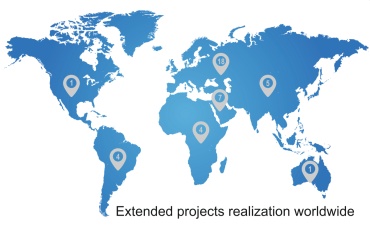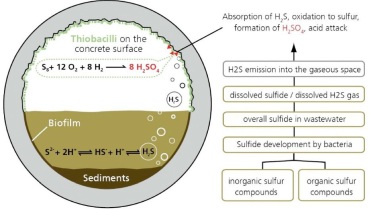| | HeidelbergCement supplies material for Germany’s first 3D printed residential building |  |
|
| HeidelbergCement supplies the material for Germany’s first printed residential building made of concrete. The high-tech material “i.tech 3D” was developed by the HeidelbergCement subsidiary Italcementi specifically for 3D printing and is suitable for versatile use with various types of 3D printers. [Photo: PERI GmbH]
|
| » read article
|
|
|
|
| |
| | Leistung, Umweltverträglichkeit und Wirtschaftlichkeit auf höchstem Niveau.
Der brandneue JAWMAX 200® bietet hochprofessionelle Brechleistung bei optimalen Transportabmessungen und einem Gewicht unter 28 Tonnen.
Mit vollelektrischem/dieselelektrischem Antriebskonzept, intuitiver Steuerung und Stufe-5-Antriebsaggregat bietet auch der JAWMAX 200® alle Vorteile der mobilen Anlagen von SBM.
Erfahren Sie mehr über den JAWMAX 200®.
Jetzt anmelden!
|
|
| |
 | |  |
| | First 3D printing hackathon launched by LafargeHolcim and Witteveen + Bos |  |
|
| LafargeHolcim is calling on the world’s brightest students to reinvent the building industry, along with its partner Witteveen+Bos, a Dutch engineering and consultancy firm and with the support of Cobod and Ecole des Ponts. Students in engineering, architecture, and material science are encouraged to join in a hackathon to pioneer new solutions, leveraging concrete 3D printing technology for more effective and efficient housing construction.
|
| » read article
|
|
|
|
| |
| | Extending the reach of our future |  |
|
| 
[Graph: Cimprogetti]
|
The lime industry is investing in modern kiln technology and fully automated hydration plants with the aim of improving quality, reducing costs, and minimizing the impact on the environment. The article describes the individual phases of EPCM projects and concludes with a case study.
|
| » read article
|
| |
|
|
|
| |
| | Calcium Aluminate Cement for corrosion resistant sewer mortars and concretes |  |
|
| 
[Graph: Author/Calucem]
|
Microbiologically Induced Corrosion (MIC) causes severe concrete deterioration in pipelines, manholes and sewer structures. This process is caused by sulfuric acid producing bacteria which mainly occur in waste water systems. Mortar compositions containing Ordinary Portland Cements (OPC) and Calcium Aluminate Cement (CAC) have been selected for a MIC test.
|
| » read article
|
|
|
|
|
| |
| |  | | Highlights of the Current Issue |  |
| |
| | PLANT REPORT
Optimised drying process helps Isolava cut energy consumption and improve end-product quality
Recycling gypsum plasterboard: Turning construction waste into a chemically pure resource
MATERIALS
Investigation of hydration mechanisms of alpha and beta hemihydrate
Mechanical and physical properties of chalk and impacts on mining operations and slope designs
PROCESS
WHR technology: new horizons and industrial applications
|
| » Current Issue
|
|
|
| |
|
| |
|  |